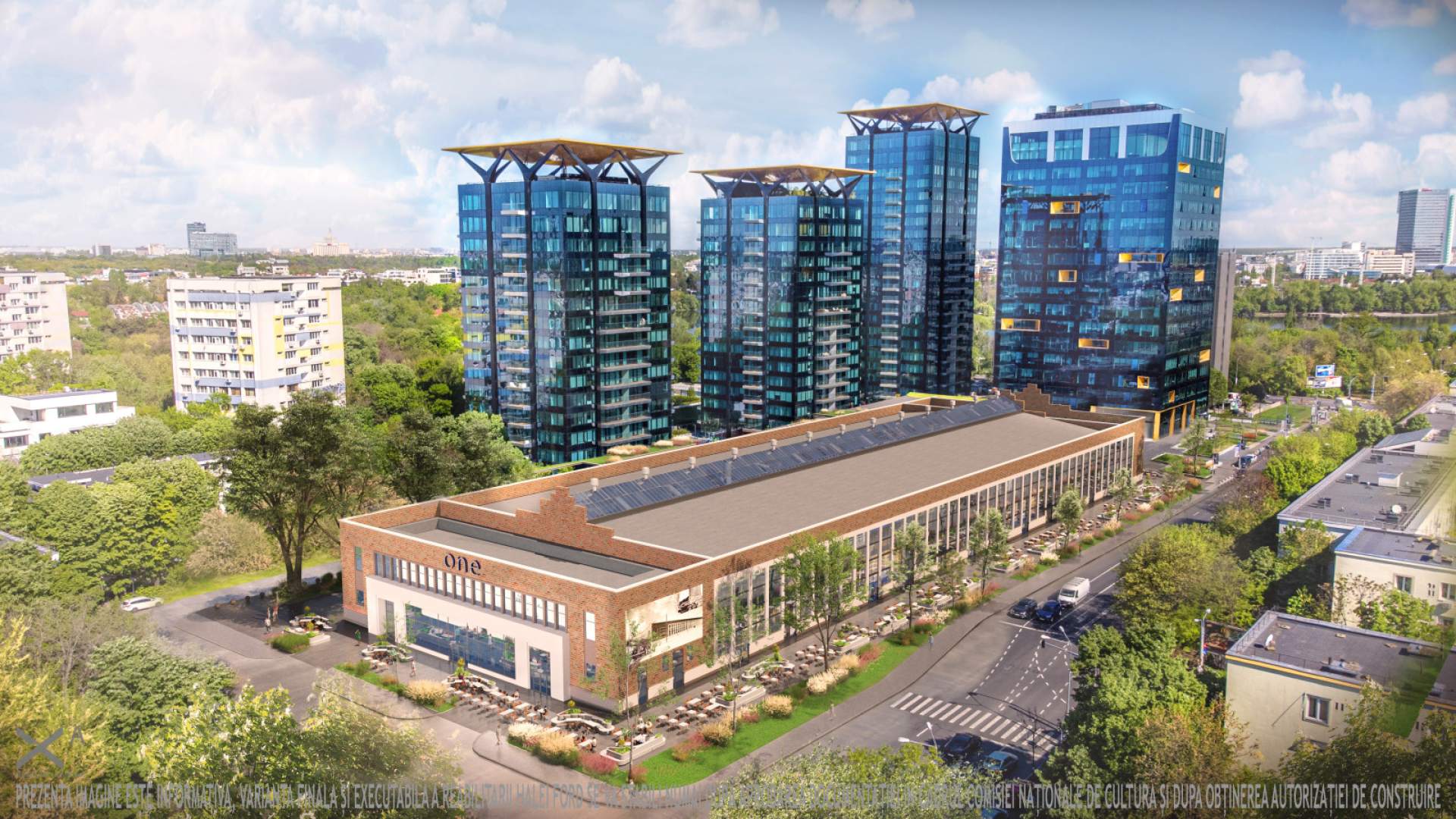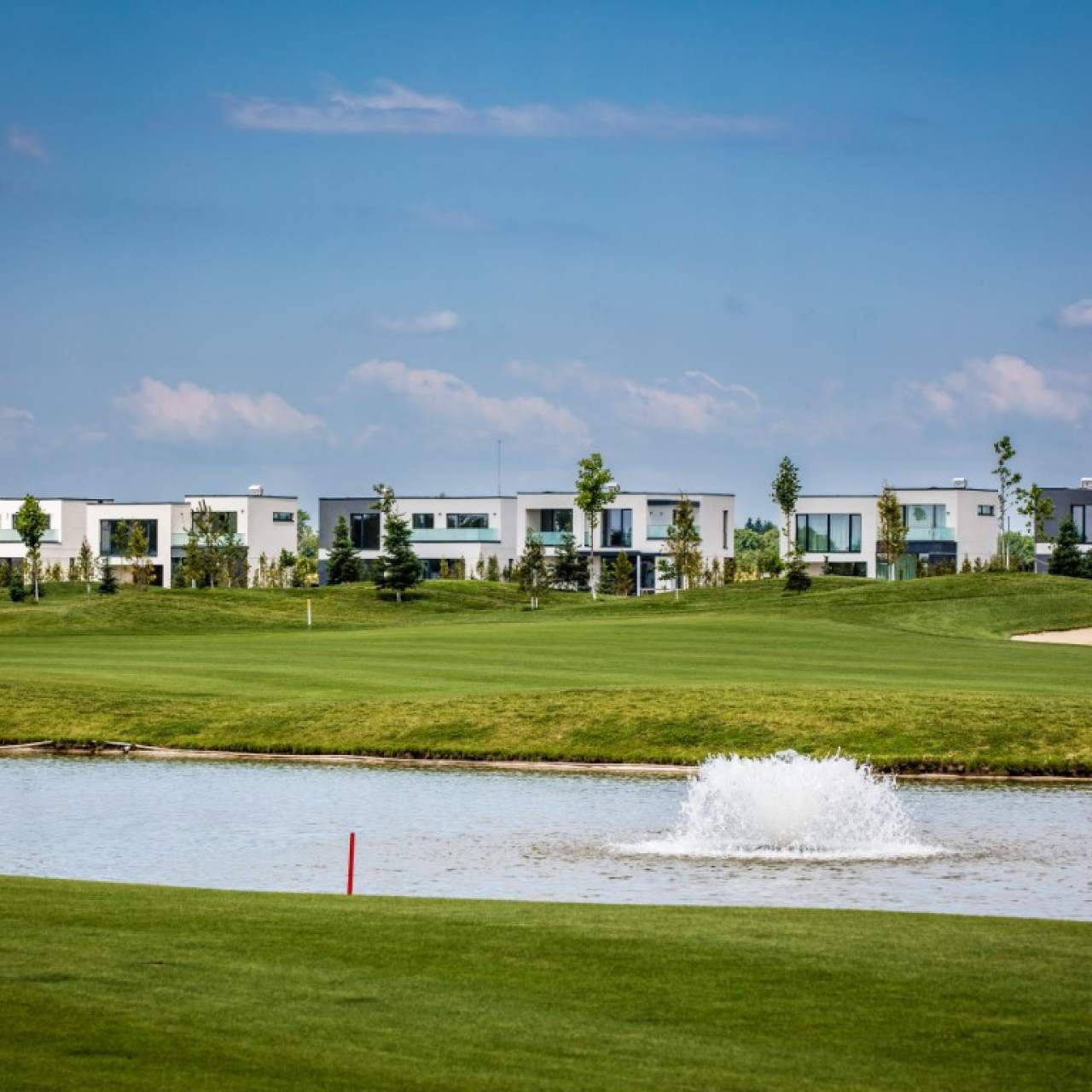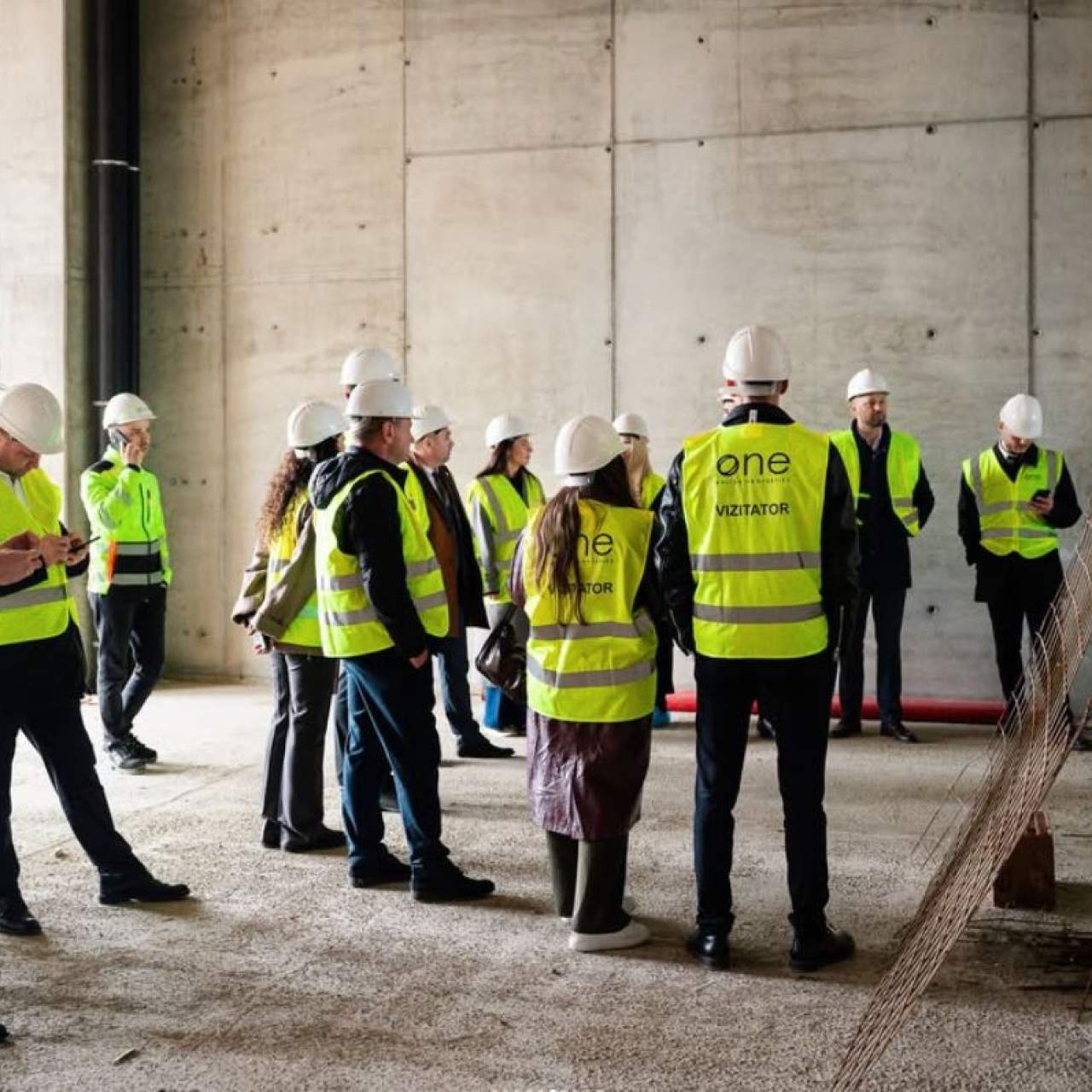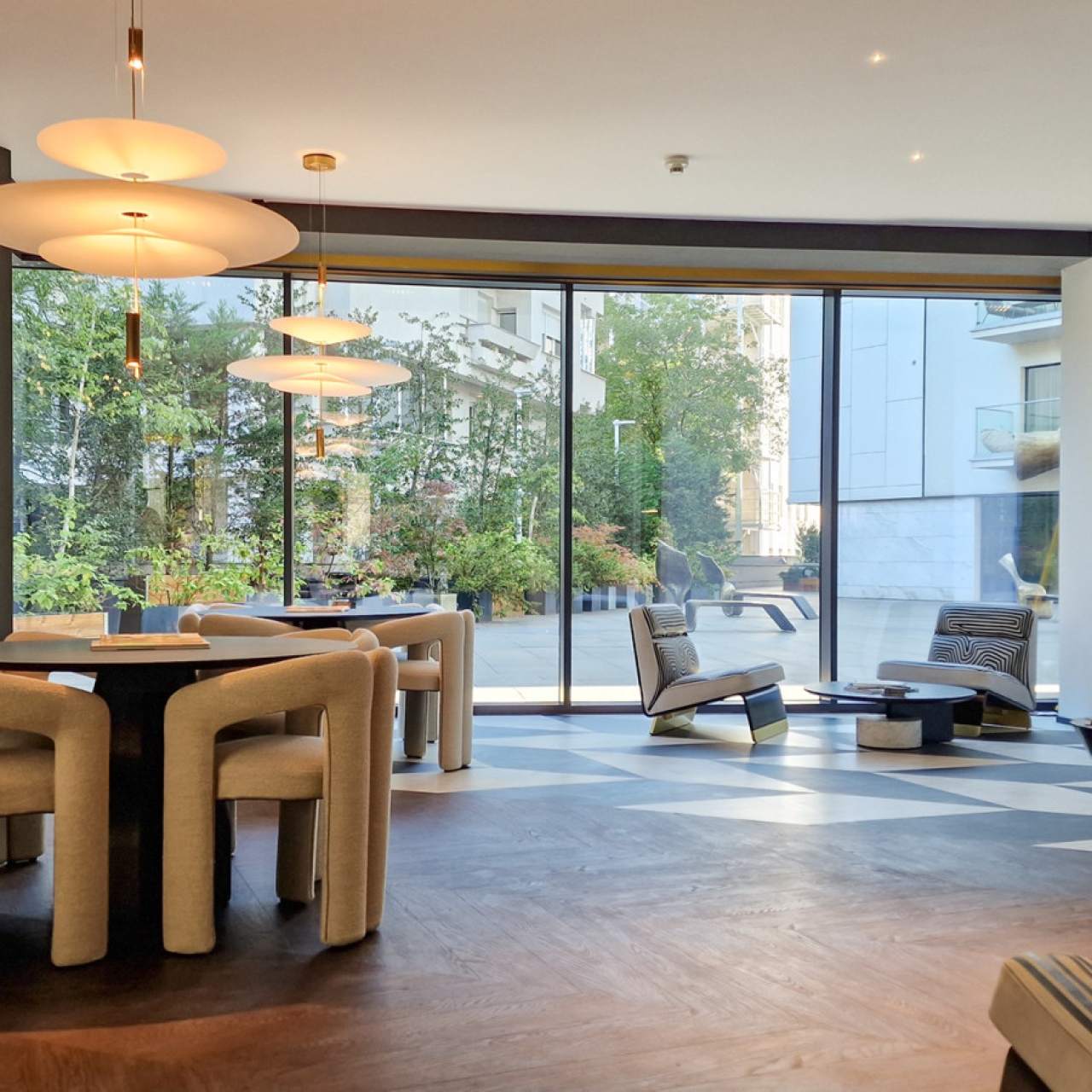
History of the Ford Hall in Bucharest
With a glorious beginning, which marked a decisive moment in the economy of this part of the continent, the Ford Hall remains in the history of Bucharest as one of the emblematic buildings of the city. However, the changes that the country has gone through over the last century have left their mark on the historic building.
What is its story and how will it be rewritten from now on?
The history of the Ford Hall has its beginnings in 1935, at a time when Romania was going through a period of intense industrialization. The first cornerstone would be laid on the occasion of the proposal sent by the car manufacturer to the Ministry of Industry and Trade, in which he presented a project for the development of an assembly plant on Calea Floreasca. It was the company's first such initiative in Eastern Europe and it became the most important factory in Bucharest.
The project was entrusted to the American architect Albert Khan and on the list of priorities there were the lighting, the appropriate ventilation, the intelligent compartmentalization of the interior space, as well as the efficiency of the production time. The architectural style adopted was the industrial one, Kahn's motto focusing, moreover, on maximizing operations, without resorting to unnecessary expenses.
The founder of the company, Henry Ford, was the one who bought the necessary land. The initial team of the factory had 100 employees, and the annual capacity was about 2,500 cars. Things followed a natural path until the outbreak of World War II, during which, with the ending of imports from the United States, the state demanded that the plant serve the Romanian army. In 1948, after the country came under Soviet occupation, the Ford factory closed its doors. When its activity was resumed, the production lines were dedicated to the automation equipment of the company Automatica. Although in time, new halls were built, the original one escaped demolition, still standing, despite the fact that it was abandoned during the communist regime.
The walls that once housed hundreds of hardworking hands are now ruined, turning the old factory into a place full of nostalgia. However, One United Properties aims to change this, as part of a larger initiative to regenerate the city's cultural heritage. Through this ambitious project, several historic buildings in Bucharest, such as the Braikoff house (which comes back to life in a contemporary vision, under the name One Athénée), will benefit from consolidation and restoration works, before being returned to the community. Thus, the former factory, purchased by One United Properties from Auchan Romania, will be transformed into a modern retail space, inside which both high-end shops and restaurants with spacious terraces will be arranged.
The Floreasca neighbourhood, which houses the Ford plant, also benefited from the attention of the developer, who directed massive investments in revitalizing this area where city residents and tourists alike can enjoy green oases, such as the lake and Floreasca Park. The initiative was crowned by the inauguration of the mixed-use sustainable ensemble One Floreasca City, made up of a residential component – One Mircea Eliade, and an office component – One Tower. Both have been equipped with premium facilities, follow a contemporary design, and also benefit from a common commercial area, along with numerous cafes and restaurants, thus offering the complete and authentic experience of a community.
Inspired by the article?
Explore apartments in neighborhoods worth discovering:


